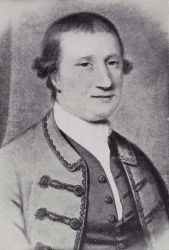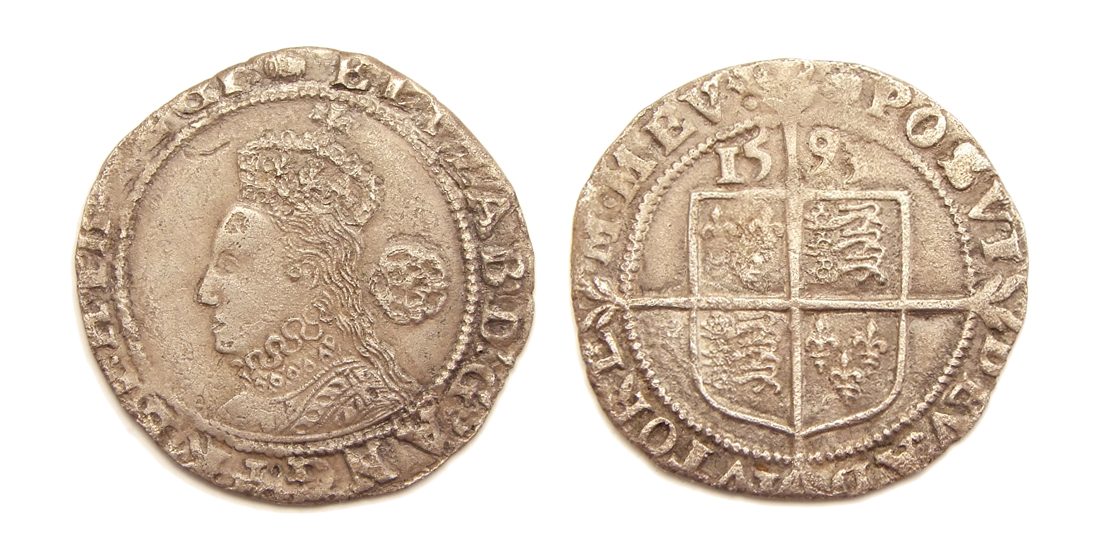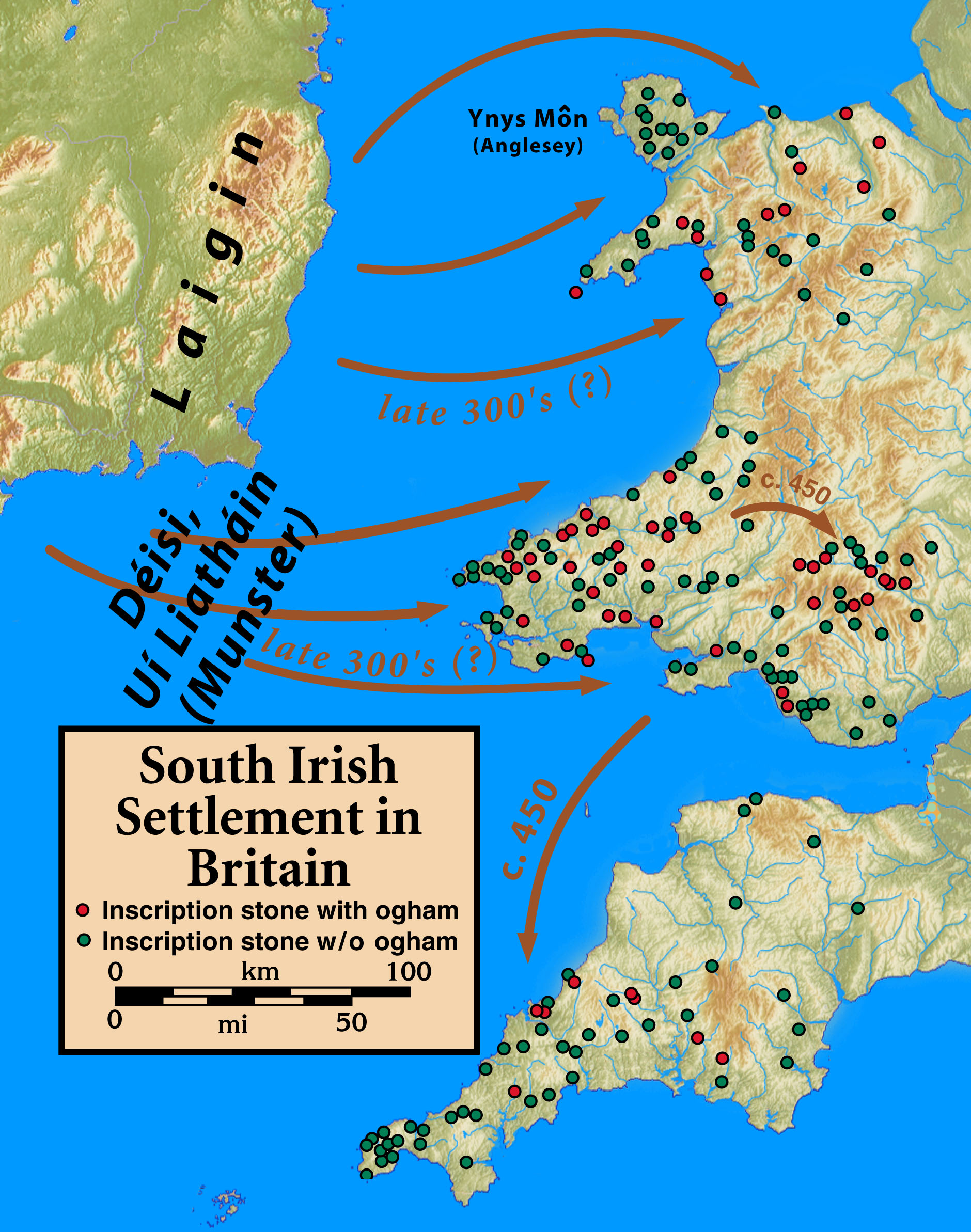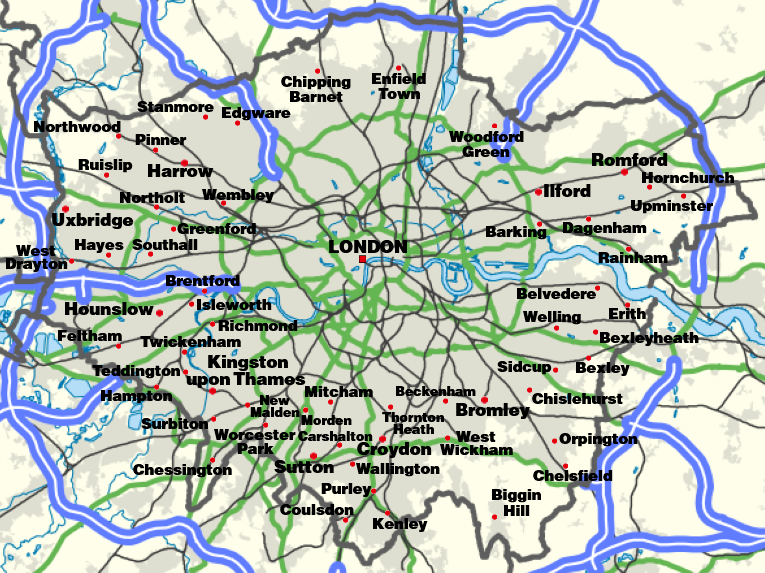|
Robert Wedderburn (radical)
Robert Wedderburn (1762 – 1835/1836?) was a British-Jamaican radical and abolitionist of multiracial descent active in early 19th-century London. Wedderburn was born in Kingston, Jamaica, an illegitimate son of an enslaved Black woman, Rosanna, and Scottish sugar planter James Wedderburn. During his life, Robert Wedderburn sought to reconcile his political priorities and religious views. Influenced by millenarian ideas, he moved from Methodism and towards Unitarian leanings, before rejecting Christianity and embracing a deist outlook. An early freethinker, the combination of his deist views, associations with well-known radicals and atheists, and utopian political ideals, led to his arrest for breach of blasphemy laws. In 1824 he published ''The Horrors of Slavery'', a tract which influenced the Abolitionist movement. Biography Early life Robert Wedderburn was born in Jamaica in around 1762. His mother, Rosanna was a black woman of dark brown complexion but not ful ... [...More Info...] [...Related Items...] OR: [Wikipedia] [Google] [Baidu] |
Jamaica
Jamaica (; ) is an island country situated in the Caribbean Sea. Spanning in area, it is the third-largest island of the Greater Antilles and the Caribbean (after Cuba and Hispaniola). Jamaica lies about south of Cuba, and west of Hispaniola (the island containing the countries of Haiti and the Dominican Republic); the British Overseas Territory of the Cayman Islands lies some to the north-west. Originally inhabited by the indigenous Taíno peoples, the island came under Spanish rule following the arrival of Christopher Columbus in 1494. Many of the indigenous people either were killed or died of diseases, after which the Spanish brought large numbers of African slaves to Jamaica as labourers. The island remained a possession of Spain until 1655, when England (later Great Britain) conquered it, renaming it ''Jamaica''. Under British colonial rule Jamaica became a leading sugar exporter, with a plantation economy dependent on the African slaves and later their des ... [...More Info...] [...Related Items...] OR: [Wikipedia] [Google] [Baidu] |
Sugar Plantations In The Caribbean
Sugar plantations in the Caribbean were a major part of the economy of the islands in the 18th, 19th, and 20th centuries. Most Caribbean, Caribbean islands were covered with Sugarcane, sugar cane fields and mills for refining the crop. The main source of labor, until Abolitionism, the abolition of chattel slavery, was Atlantic slave trade, enslaved Africans. After the abolition of slavery, Indentured servitude, indentured laborers from India, China, Portugal and other places were brought to the Caribbean to work in the sugar industry. These plantations produced 80 to 90 percent of the sugar consumed in Western Europe, later supplanted by European-grown sugar beet. The sugar trade Sugar cane development in the Americas The Portuguese introduced sugar plantations in the 1550s off the coast of their Brazilian settlement colony, located on the island Sao Vincente. As the Portuguese and Spanish maintained a strong colonial presence in the Caribbean, the Iberian Peninsula amassed t ... [...More Info...] [...Related Items...] OR: [Wikipedia] [Google] [Baidu] |
Sixpence (British Coin)
The British sixpence () piece, sometimes known as a tanner or sixpenny bit, was a denomination of sterling coinage worth of one pound or half of one shilling. It was first minted in 1551, during the reign of Edward VI, and circulated until 1980. The coin was made from silver from its introduction in 1551 until 1947, and thereafter in cupronickel. Before Decimal Day in 1971, sterling used the Carolingian monetary system (£sd), under which the largest unit was a pound (£), divisible into 20 shillings (s), each of 12 pence (d). Following decimalisation, it had a value of new pence (£0.025). In 2016, new decimal sixpences began being minted by the Royal Mint as commemorative issues to celebrate Christmas; these coins have been produced for each year since, and are minted in sterling silver. History The first sixpences were minted in 1551, during the reign of Edward VI. They came about as a result of the debasement of silver coinage in the 1540s, in particular the silver ... [...More Info...] [...Related Items...] OR: [Wikipedia] [Google] [Baidu] |
Small Beer
Small beer (also known as small ale or table beer) is a lager or ale that contains a lower amount of alcohol by volume than most others, usually between 0.5% and 2.8%. Sometimes unfiltered and porridge-like, it was a favoured drink in Medieval Europe and colonial North America compared with more expensive beer containing higher levels of alcohol. Small beer was also produced in households for consumption by children and by servants. History At mealtimes in the Middle Ages, persons of all ages drank small beer, particularly while eating a meal at the table. Table beer was around this time typically less than 1% alcohol by volume (ABV). It was common for workers who engaged in laborious tasks to drink more than ten imperial pints (5.7 litres) of small beer a day to quench their thirst. Small beer was also consumed for its nutrition content. It might contain traces of wheat or bread suspended within it. In 17th century England, it was an excise class which was determined by its wh ... [...More Info...] [...Related Items...] OR: [Wikipedia] [Google] [Baidu] |
Edinburgh
Edinburgh ( ; gd, Dùn Èideann ) is the capital city of Scotland and one of its 32 Council areas of Scotland, council areas. Historically part of the county of Midlothian (interchangeably Edinburghshire before 1921), it is located in Lothian on the southern shore of the Firth of Forth. Edinburgh is Scotland's List of towns and cities in Scotland by population, second-most populous city, after Glasgow, and the List of cities in the United Kingdom, seventh-most populous city in the United Kingdom. Recognised as the capital of Scotland since at least the 15th century, Edinburgh is the seat of the Scottish Government, the Scottish Parliament and the Courts of Scotland, highest courts in Scotland. The city's Holyrood Palace, Palace of Holyroodhouse is the official residence of the Monarchy of the United Kingdom, British monarchy in Scotland. The city has long been a centre of education, particularly in the fields of medicine, Scots law, Scottish law, literature, philosophy, the sc ... [...More Info...] [...Related Items...] OR: [Wikipedia] [Google] [Baidu] |
Inveresk
Inveresk (Scottish Gaelic, Gaelic: ''Inbhir Easg'') is a village in East Lothian, Scotland situated to the south of Musselburgh. It has been designated a Conservation area (United Kingdom), conservation area since 1969. It is situated on slightly elevated ground on the north bank of a loop of the River Esk, Lothian, River Esk. This ridge of ground, 20 to 25 metres above sea level, was used by the Romans as the location for Inveresk Roman Fort in the 2nd century AD. The prefix "Aber and Inver (placename elements), Inver" (Gaelic ''inbhir'') means a river mouth and refers to the point where the River Esk meets the Firth of Forth. The village was formerly in the Midlothian parish of Inveresk and developed separately from the burgh of Musselburgh. History A Roman cavalry fort sat on the hilltop around 200AD and numerous Roman artefacts and buildings have been found in the village over the years. In 2004, archaeological excavations by Headland Archaeology found Roman artefacts ... [...More Info...] [...Related Items...] OR: [Wikipedia] [Google] [Baidu] |
Petty Theft
Theft is the act of taking another person's property or services without that person's permission or consent with the intent to deprive the rightful owner of it. The word ''theft'' is also used as a synonym or informal shorthand term for some crimes against property, such as larceny, robbery, embezzlement, extortion, blackmail, or receiving stolen property. In some jurisdictions, ''theft'' is considered to be synonymous with ''larceny'', while in others, ''theft'' is defined more narrowly. Someone who carries out an act of theft may be described as a "thief" ( : thieves). ''Theft'' is the name of a statutory offence in California, Canada, England and Wales, Hong Kong, Northern Ireland, the Republic of Ireland, and the Australian states of South Australia Theft (and receiving). and Victoria. Theft. Elements The ''actus reus'' of theft is usually defined as an unauthorized taking, keeping, or using of another's property which must be accompanied by a ''mens rea'' of dishonesty ... [...More Info...] [...Related Items...] OR: [Wikipedia] [Google] [Baidu] |
Irish Migration To Great Britain
Irish migration to Great Britain has occurred from the earliest recorded history to the present. There has been a continuous movement of people between the islands of Ireland and Great Britain due to their proximity. This tide has ebbed and flowed in response to politics, economics and social conditions of both places. Today, millions of residents of Great Britain are either from Ireland or are entitled to an Irish passport due to having a parent or grandparent who was born in Ireland. The modern era of Irish migration has also seen non-indigenous Asian Irish and black Irish people move to Britain. It is estimated that as many as six million people living in the UK have at least one Irish grandparent (around 10% of the UK population). The Irish diaspora ( ga, Diaspóra na nGael) refers to Irish people and their descendants who live outside Ireland. This article refers to those who reside in Great Britain, the largest island and principal territory of the United Kingdom. Mig ... [...More Info...] [...Related Items...] OR: [Wikipedia] [Google] [Baidu] |
Lascar
A lascar was a sailor or militiaman from the Indian subcontinent, Southeast Asia, the Arab world, British Somaliland, or other land east of the Cape of Good Hope, who was employed on European ships from the 16th century until the middle of the 20th century. Etymology The ''Oxford English Dictionary'' states that the word has two possible derivations: :Either an erroneous European use of Urdu ''lashkar'' army, camp .. or a shortened form of its derivative ''lashkarī'' ..In Portuguese ''c''1600 ''laschar'' occurs in the same sense as ''lasquarim'' , i.e. Indian soldier; this use, from which the current applications are derived, is not recorded in English. The Portuguese adapted this term to "lascarins", meaning Asian militiamen or seamen, from any area east of the Cape of Good Hope, including Indian, Malay, Chinese and Japanese crewmen. The English word "lascarins", now obsolete, referred to Sri Lankans who fought in the colonial army of the Portuguese until the 1930s. The ... [...More Info...] [...Related Items...] OR: [Wikipedia] [Google] [Baidu] |
British Jews
British Jews (often referred to collectively as British Jewry or Anglo-Jewry) are British citizens who identify as Jewish. The number of people who identified as Jews in the United Kingdom rose by just under 4% between 2001 and 2021. History The first recorded Jewish community in Britain was brought to England in 1070 by King William the Conqueror, who believed that what he assumed to be its commercial skills would make his newly won country more prosperous. At the end of the 12th century, a series of blood libels and fatal pogroms hit England, particularly the east coast. Notably, on 16 March 1190, in the run up to the Third Crusade, the Jewish population of York was massacred at the site where Clifford's Tower now stands, and King Edward I of England passed the Statute of the Jewry (''Statutum de Judaismo'') in 1275, restricting the community's activities, most notably outlawing the practice of usury (charging interest).Prestwich, Michael. Edward I p 345 (1997) Yale Univers ... [...More Info...] [...Related Items...] OR: [Wikipedia] [Google] [Baidu] |
Free People Of Color
In the context of the history of slavery in the Americas, free people of color (French: ''gens de couleur libres''; Spanish: ''gente de color libre'') were primarily people of mixed African, European, and Native American descent who were not enslaved. However, the term also applied to people born free who were primarily of black African descent with little mixture. They were a distinct group of free people of color in the French colonies, including Louisiana and in settlements on Caribbean islands, such as Saint-Domingue (Haiti), St. Lucia, Dominica, Guadeloupe, and Martinique. In these territories and major cities, particularly New Orleans, and those cities held by the Spanish, a substantial third class of primarily mixed-race, free people developed. These colonial societies classified mixed-race people in a variety of ways, generally related to visible features and to the proportion of African ancestry. Racial classifications were numerous in Latin America. A freed Afr ... [...More Info...] [...Related Items...] OR: [Wikipedia] [Google] [Baidu] |
List Of Areas Of London
London is the capital of and largest city in England and the United Kingdom. It is administered by the Greater London Authority, City of London Corporation and 32 London boroughs. These boroughs are modern, having been created in 1965 and have a weaker sense of identity than their constituent "districts" (considered in speech, "parts of London" or more formally, "areas"). Two major factors have shaped the development of London district and sub-district identities; the ancient parish – which was used for both civil and ecclesiastical functions – and the pre-urban settlement pattern. Ancient parishes and their successors The modern London boroughs were primarily formed from amalgamations of Metropolitan, County and Municipal Boroughs. These were formed from ancient parishes (or groupings of them), with ancient parishes in turn generally based on a single manor, though many were based on more than one and a few manors were so large that they were divided into multiple parish ... [...More Info...] [...Related Items...] OR: [Wikipedia] [Google] [Baidu] |

.jpg)








